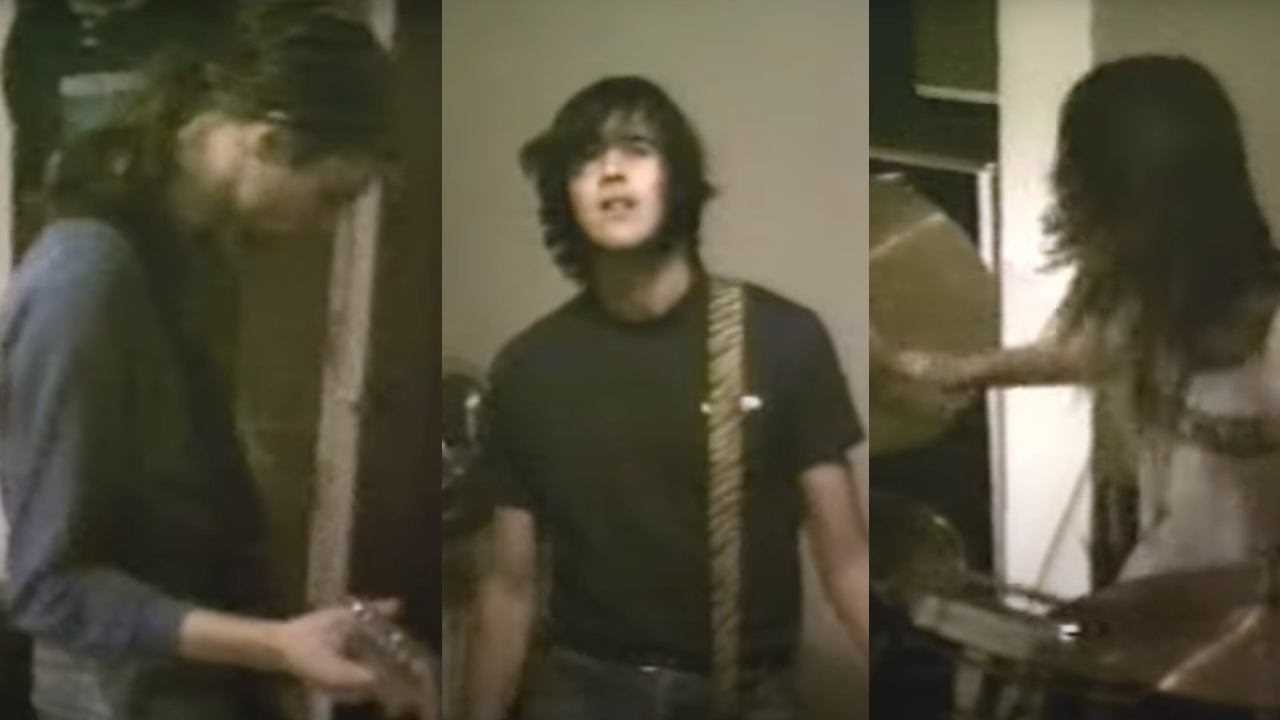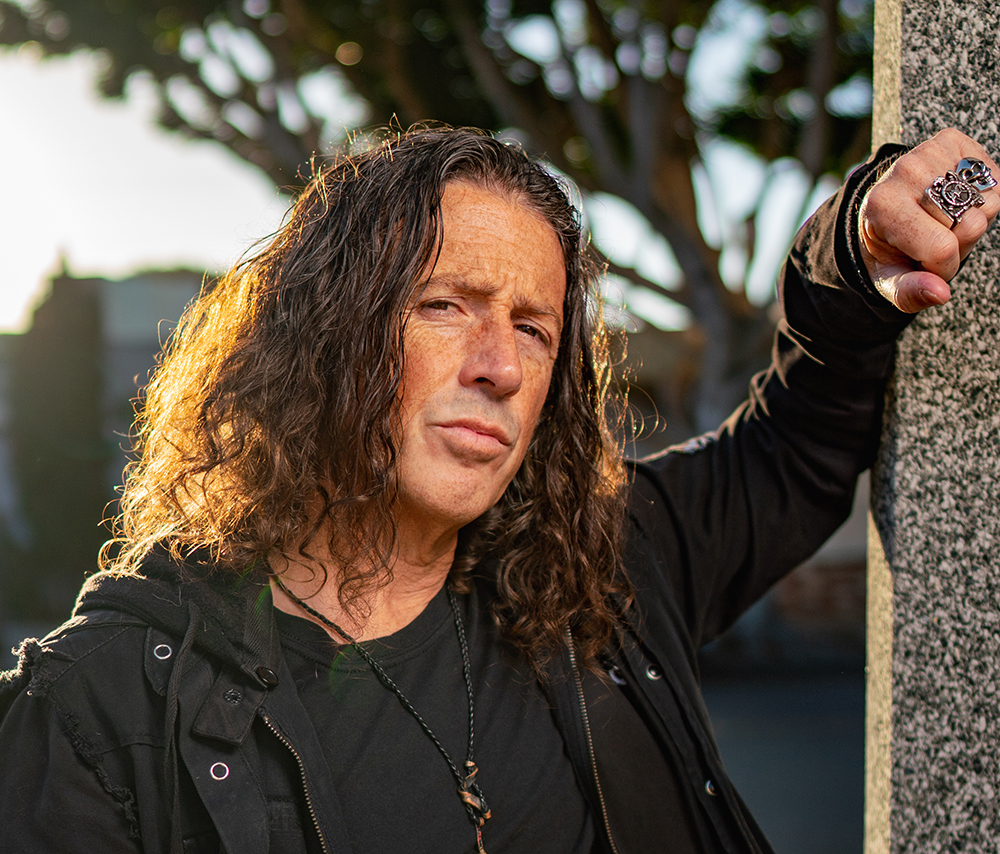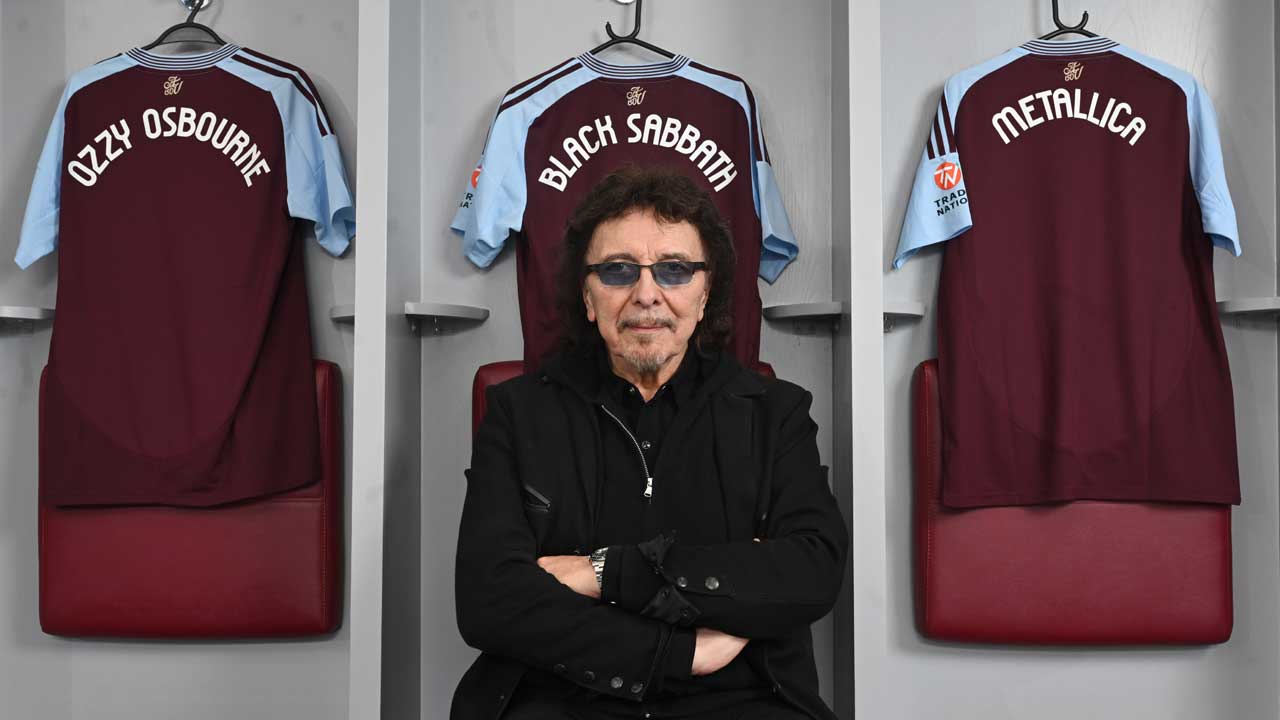
All great heroes come with epic origin stories, and rock and roll is no exception. Whether it’s Led Zeppelin, Queen, Muse or Metallica, the football stadium-filling titans of rock all started out as a bunch of scrappy young kids, fumbling around on cheap instruments in some basement or garage, making the kind of wild and unholy racket that strains neighbourly relations.
That is, unless one of the kids had access to, say, a hair salon. Which was precisely the good fortune that befell a young power trio from Aberdeen, Washington in 1988, called Nirvana. By May of that year, guitarist/vocalist Kurt Cobain and bassist Krist Novoselic (then 21 and 23 years old, respectively), recruited drummer Chad Channing (21) and they had amassed an arsenal of lean, powerful original material that they shaped and polished throughout a series of house parties, local gigs and rehearsals in their tiny, cluttered space above Maria’s Hair Design — the salon owned by Krist’s mother.
As the end of 1988 approached, Sub Pop Records booked two nights in a Seattle club called The Underground to celebrate the release of Sub Pop 200 — a compilation album featuring up-and-coming local bands like Soundgarden, Mudhoney, Green River and Nirvana. The eventual impact of these four bands would be seismic but in December, 1988, they were still relatively unknown and very much unproven. Nirvana were slated to perform on the first night, between Swallow and headliners Blood Circus. And so, at some point that month, Nirvana retreated to their jam room above Maria’s Hair Design — presumably to rehearse for this gig. Thankfully, Krist’s brother Robert was on hand to film it because in this scuzzy, lo-fi snatch of crappily-edited video, we catch Nirvana in those final, halcyon days of their humble origins. Propulsive, laser-focused, and surrounded by a small group of friends, the video showcases the brilliance of the band long before the seven-figure record contracts, the blinding glare of fame and before Kurt’s crippling addiction (he had dabbled with heroin as early as 1986 but he had yet to collapse into the debilitating chemical dependency that destroyed the final years of his short life).
Communicating with Alex Roberts in 2005, Robert described the evening thusly: “We got some beer, watched my brother and partied. We really didn’t think anything of it at the time because they were not that popular then.” In a town like Aberdeen, this was how kids blew off steam. Much has been written of the dreary, blue-collar town where they formed and the sense of isolation and struggle that cast a suffocating pall across its rain-soaked streets. They were kids weaned on Zeppelin and Black Sabbath but old enough to relate to the spit and snarl of punk. They had nothing in common with the poofy-haired glam bands on MTV and Nirvana’s music, even in their earliest days, reflected a withering rejection of the rock gods of the day. And this is how they partied.
A caption at the beginning of the video reads “ABERDEEN, WASHINGTON, DECEMBER 1988,” as three kids walk across the parking lot of a liquor store, one — Krist — bobbing happily while carrying a case of beer. “You alkies! You alcoholics!” says the voice behind the camera. One of the kids throws something at him and retorts, “You don’t film in the dark, you dick!” It’s the entire grunge movement distilled into five seconds of video.
We cut to the rehearsal space — a modest storage room with low-lighting, wood-panelling and a dingy carpet with papers, cases, records and what looks like a sleeping bag scattered about the floor. With the scrape of a power chord drenched in feedback, the band dive into Love Buzz. For some reason, Kurt’s microphone is against the wall, so he sings with his face literally eight inches from the wood panelling with the setlist tapped in front of him at eye level. Never mind the sound quality or the jumpy camera work, the performance is electric from the start. Still facing the wall, Kurt leaps into the air, his long, dark hair whipping behind him as he lands on his knees and bends over his guitar, playing razorwire lines that seethe with jagged dissonance.
Krist swings his bass, bangs his head and smiles a lot — it’s a style that he would assume for the next thirty years. Meanwhile, there’s a dude standing in the doorway behind him, casually swilling a beer. Epic rehearsal room shenanigans. In addition to the band, there are probably five other people there, which brings the room close to its maximum capacity.
The latest news, features and interviews direct to your inbox, from the global home of alternative music.
At first glance, one might be forgiven for mistaking Chad for Dave Grohl, with dark, straight hair cascading down his shoulders and banging his head as if possessed by a demon on speed. But even without noticing Chad’s face, his manic style lacks the devastating heaviness that his successor would eventually bring to the mix. Still, Chad acquits himself superbly here, locked in tightly with Novoselic and fueled by a bottomless reservoir of energy.
The performance is cut into two videos totalling about twenty-five minutes. In the first part, the brief setlist includes Scoff, About A Girl, Big Long Now and a cover of Led Zeppelin’s Immigrant Song, which begins in a sort of running lap — the three guys begin riffing loosely then suddenly jump into a scabrous punk version of the arena rock classic. It’s a piledriver of a cover with Kurt hitting an impressively high register with his own scratchy howl. It also showcases how evolved Nirvana were by this point — the rhythm section is taut and aggressive and Kurt plays with speed, precision and creativity all while delivering his powerhouse vocals. It ends with Spank Thru.
The band look every bit their youthful ages. Though skinny as a rope, Kurt appears virile and healthy, sporting a ratty blue sweater and ragged jeans, with long, dark hair. Tall and gangly, Krist sports thick lambchop sideburns and plays with his t-shirt tucked neatly into his jeans. Chad stays behind the kit for almost the whole video, except for a break after Scoff, when he’s sitting on the floor talking to one of their friends, pausing the conversation for an obligatory middle finger to the camera, as you do. Meanwhile, Kurt is relaxing on the floor with his head in his hands and knees pulled in to free up what little floor space remains.
In a couple of instances, the camera cuts out or starts mid-song but most of the performances are uninterrupted. Their friends thread throughout the room, at times seemingly ambivalent to the ungodly squall around them. At one point, a guy stands in the middle of the room, hand-in-pocket, casually sipping his beer as if standing in the eye of the biggest storm to ever hit Aberdeen. For their part, the band deliver a revelatory, full-force performance, as if they were headlining a stadium rather than serenading a couple of kids sitting on the floor, thumbing through a magazine.
The second video features Hairspray Queen, School and Mr. Moustache. At times sloppy and unfocused, the musicians remain fully-committed through every single note. They even do a big rock ending, with Kurt sticking his guitar into the camera as he fires off his final chord. It is a thrilling showcase that would eventually be included on the DVD of Nirvana’s With The Lights Out boxed set.
The Sub Pop party took place on the 28th and Nirvana played a ten-song set that can be tracked down and viewed on YouTube, although the quality is rather poor. Six months later, Nirvana released Bleach (June 15, 1989) and off they went. This performance establishes that by then, they were already tapped into a rich creative goldmine and it leaves no doubt as to why their relative anonymity was soon to end. In September, 1990, in the wake of Chad’s departure, Dave Grohl signed on as Nirvana’s new drummer and a year later they released Nevermind, forever altering the course of rock and roll and the generations to come. In 1993, they released In Utero to resounding critical acclaim and by 1994 — just six years after this rehearsal video — it was all over.
Check out the first and second halves of the performance below:
- RELATED READING: The 10 worst Nirvana songs
Hailing from San Diego, California, Joe Daly is an award-winning music journalist with over thirty years experience. Since 2010, Joe has been a regular contributor for Metal Hammer, penning cover features, news stories, album reviews and other content. Joe also writes for Classic Rock, Bass Player, Men’s Health and Outburn magazines. He has served as Music Editor for several online outlets and he has been a contributor for SPIN, the BBC and a frequent guest on several podcasts. When he’s not serenading his neighbours with black metal, Joe enjoys playing hockey, beating on his bass and fawning over his dogs.

